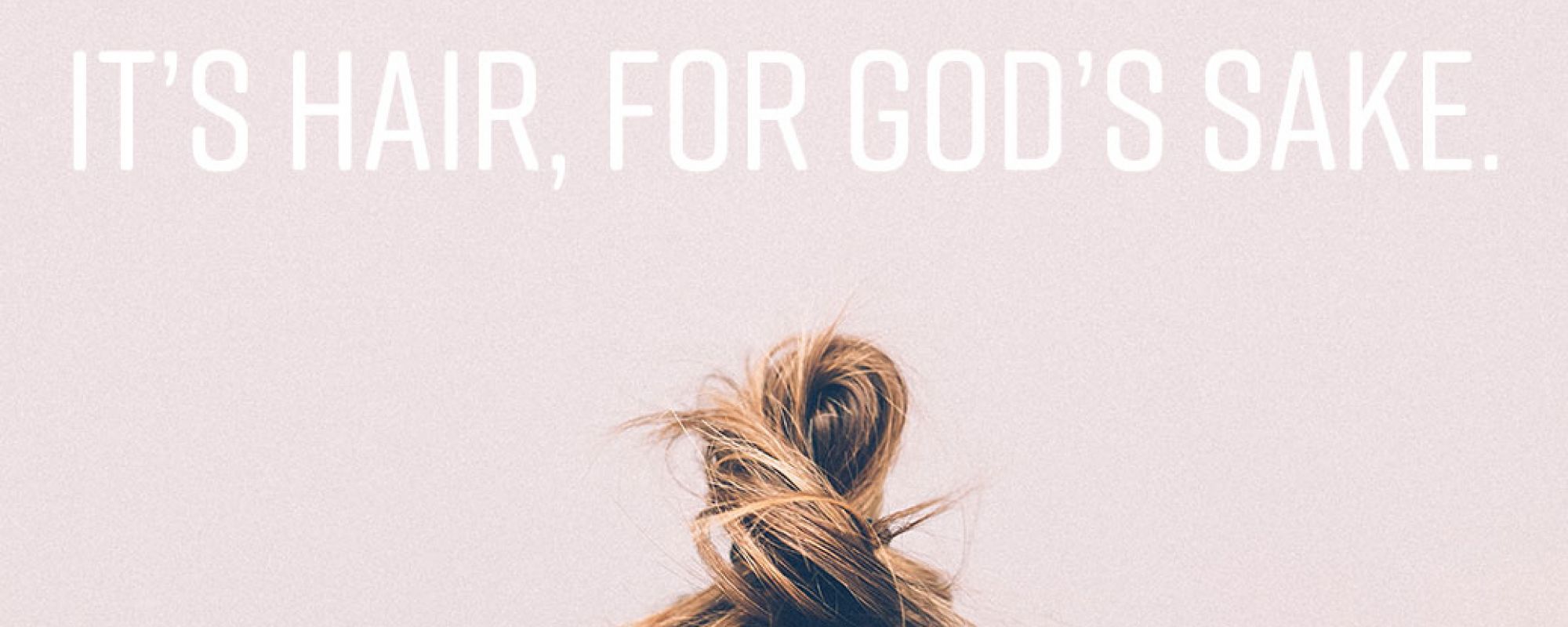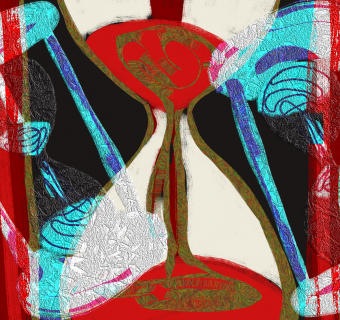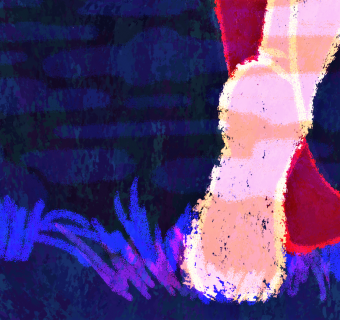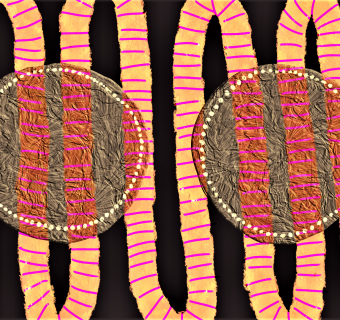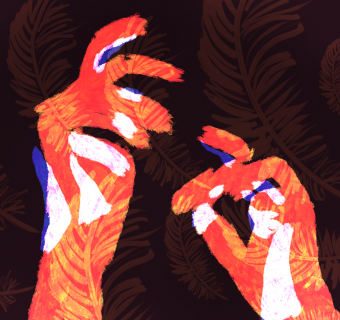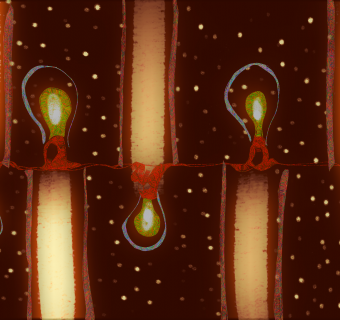Bleached and dyed and tugged and straightened and curled and dried and oiled and trimmed and chopped. It’s a cumulative result, a regenerative but at the very least temporally affected font of keratin that can be a vehicle for self-expression, a curtain of self-defense, or somewhere in between. It’s a woman’s hair.
Starting off a series about hair, it’s probably best to reflect on my relationship with my own. It’s said you can’t love others before you love yourself, so I’m going to go out on a limb and venture that you can’t understand others’ relationship with their hair before you know your own. As a white female with thick, brown hair, I’ve been endowed with what could possibly be the most low-maintenance situation possible. As a girl, my hair was long and streaked with blonde from excessive amounts of time in the sun. Frankly, my saving grace was my hair. I might be prone to lobster-red burns and incessant freckles, but my hair was it – healthy, lustrous, and streaked with natural highlights.
My sophomore year, I chopped it all off. It became a bob, just grazing my shoulders. I already went to an all-girls high school, so really, the man repeller aesthetic was coming into its own. Many of my friends were shocked that I just decided to chop off my hair. “But your hair was so pretty – why would you do that?,” was the refrain. I even had people tell me straight-up that they didn’t like it. Having been the utmost type-A kid, me making the decision to cut my hair was very much woven into the fabric of my need for control. My chop (which got progressively shorter and shorter throughout high school) was a kind of ownership that I exerted over myself and my choices. I had the power to transform the way I looked, but I also had the power to directly oppose the very common standard of beauty promulgated by a bunch of high school girls. I wasn’t long-legged, or tan, or blonde, or hyper effeminate. That wasn’t really my North Star, although sometimes I wished it were. I was studious and serious and used a biting wit as blunt as my hair as a coping mechanism. (Still do, actually.)
When I got to college I let my hair grow out to normal lengths, doing nothing more than using Sun-In or getting a trim every once in awhile. However, before my second year, I decided to take what felt like pounds of dark brown hair and dye it entirely platinum blonde. I knew it’d take awhile, but I never expected it to be a 5 hour process. My hair was brittle, high maintenance and unruly, and I returned to school with a whitish blonde mane that defied my hair’s preconceived notion of straightness and compliance. I received mixed reviews, some begging me to keep it forever and others telling me I should probably go back to brown. (That’s another thing I’ve come to learn – your look is so indubitably up to you. Whether you enjoy a dense curtain made for long ponytails and tangles or a hot pink shaved head, you’re never going to win over everyone.) It was the mildest of rebellions sparked by a tumultuous summer and the coming of a new year, in which things promised to be as different as my hair. It didn’t last long, but it was a good exercise in the boundary pushing and free thinking I’d been trying so hard to institute in my habit-dependent and self-critical mind.
I dyed my hair back, letting it rest for the next year except for the occasional sporadic chop that I’ve become so prone to. I’ve come to think it’s just how I cope with needing a fresh start. Things could be going to absolute hell, but chopping off the extra hair baggage always imbues me with a certain restorative feeling.
However, the same type of occasional change can only satisfy for so long. This summer, I left a long day at work and dyed half of my hair bright blue. Maybe it’s just because I happened to be feeling in particularly rare form, or maybe it was something building over time, a need to step outside the quotidian. I credit my short attention span and lack of patience for most of my impulsive changes. In fact, in regards to my hair, I don’t think of them as impulses, but more like paying attention to waves of need at various intervals throughout my life thus far. Perhaps I needed to feel a bit like Nymphadora Tonks, a bit odd and indifferent and self-reliant? Surely, I had to accept the shock from my parents (hey, Dad!) and my friends. Many were confused.
Dyeing your hair blue (or even half-blue) all of a sudden reads as short-sighted, adolescent, unprofessional. I was even told that it was a gateway to shaving my head and going boxcar hopping (a joke, but founded in an inkling of genuine concern). But on the other hand, I had people stop me in the street to tell me they liked it. It was a weird sort of connection I’d formed with people who identified with a sort of purity and free reign to self-expression. Not that dyeing your hair blue is some incredible act of bravery, but it’s certainly outside the norm. And I knew that it really was a blip on the radar in the scheme of things. It’s hair, for God’s sake. We’re not saving the world by conforming to or rejecting what people think we should look like. Making even a dramatic change to something that will always regenerate is exciting. For me, it says something about who I am and the way I am capable of asserting myself, even with the shittiest of cuts or the weirdest of hair colors. And sometimes, you just need to shake things up a lil’ bit.

